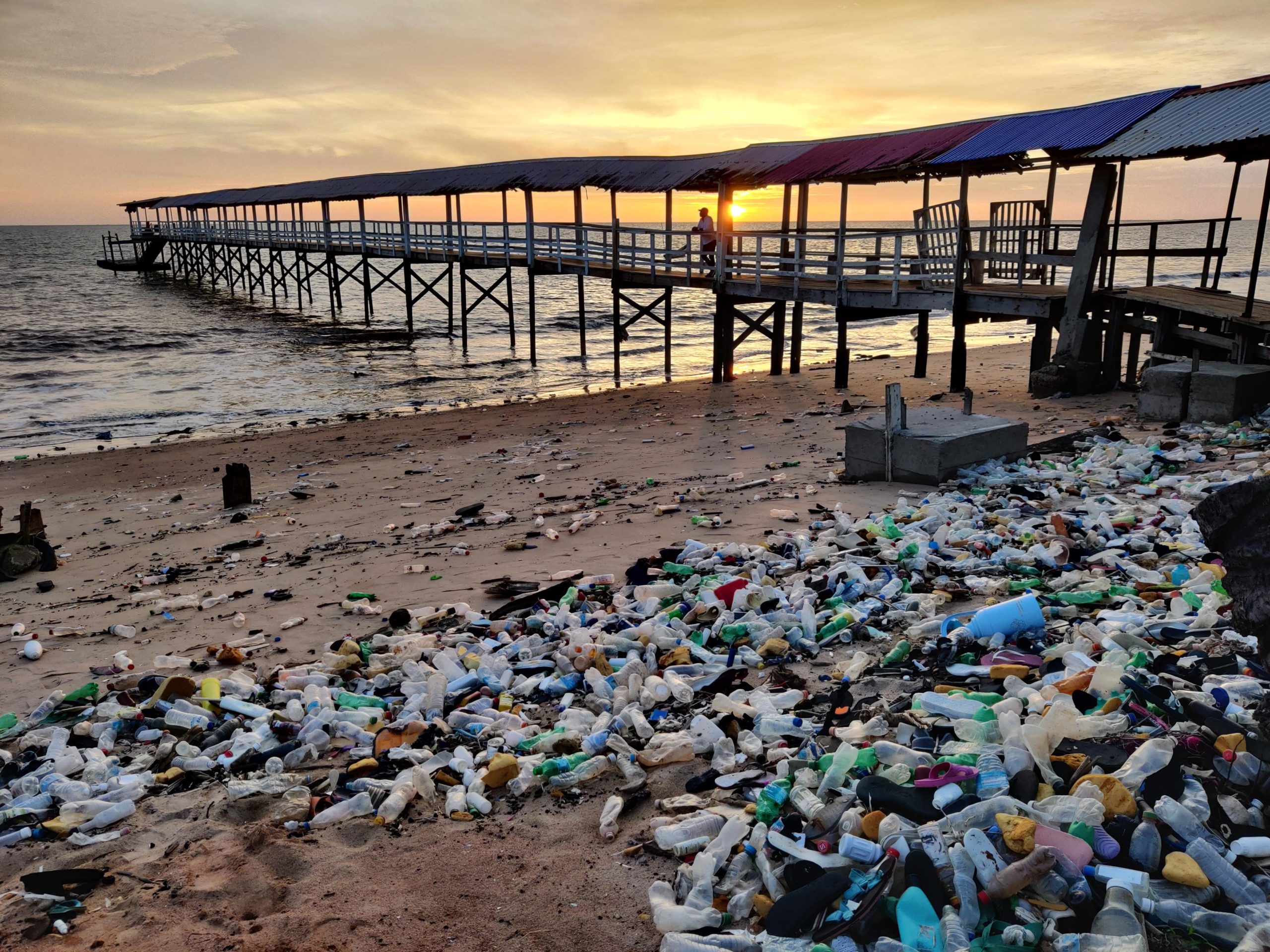Climate change solutions must be incorporated in the construction of new houses, roads and bridges. The carbon footprint reduction must begin at the building site. This applies to material wastage, electrification of machinery and planning of processes.
On this basis, FH proposes a number of initiatives for energy renovation, climate-friendly new constructions and fewer emissions from building sites[12].
The proposals largely overlap with the recommendations from the Climate Partnership for Building and Construction, according to which the most important thing is not “more money from the state, but a good framework, requirements and demand”.
Many renovations and construction projects can be launched with a short notice and are relatively work-intensive. Therefore, a number of the proposal not only promote the transition but also the recovery after the corona crisis.
Energy renovation in existing structures
In 2017, the Danish Building Research Institute (SBI) estimated a need for a DKK 789bn investment into basic renovation towards 2050 and that the additional investments of ensuring compliance with the energy requirements of the building regulations would constitute approximately DKK 43bn[13].
If additional investments at a value of DKK 14.5bn before 2030 are applied, this would generate approximately 17,700 full-time equivalents alone[14].
Specifically, the energy renovations should be promoted by means of a requirement that municipalities and regions must renovate a minimum of 3% of buildings every year. A requirement should be imposed on municipalities to prepare and implement indoor climate action plans that include energy efficiency measures.
A poor indoor climate is a problem in 25% of Danish schools and has a negative effect on the children’s health and learning capacity – and on the work environment of the teachers and educators.
At the same time, energy labels must be further developed and distributed. The energy label must become a continuously updated dialogue tool which is coordinated at the EU-level in order to ensure international standardisation and potential Danish exports of solutions. Within five years, buildings from before the year 2000 must be labelled.
You are now reading Chapter 04. More climate-friendly installations, structures and buildings. Read also:
01. Greater roles and measures for the public sector
02. Strategic commitments to Power-to-X, the circular economy, bioeconomics, carbon capture and research
03. Sector coupling underpinned by major energy investments
05. More circular economy, better disposal and management of waste
06. Climate-friendly development of foods, consumption, agriculture and development of forests
07. Transportation: Reorganization of taxation of cars and transformation of heavy transport
08. A green transition of business and industry
09. International initiatives regarding climate, competitiveness and exports
10. Climate taxes and other sources of financing
For private companies, means should be allocated so that municipalities can facilitate energy screenings. This could be DKK 250m, for example. In addition to his, a number of initiatives suggested in the chapter on business and industry etc. can promote energy efficiency measures.
As for households, the ESCO models[15] should be promoted as well as package solutions where smaller projects are pooled to make them more attractive to investors.
The aim of the National Building Fund must, furthermore, be expanded to include energy renovation so that it becomes easier for social housing organisations to finance energy renovation and create better coherence between basic renovation and energy renovation.
Finally, at guarantee pool should be set up for banks and mortgage credit institutes in order to hedge loans for customers with a view to carry out energy renovation and installation of heat pumps and for supporting the ESCO models and the package solutions. The pool could be at DKK 1bn, for example.
Climate-friendly new construction
A requirement should be introduced for the voluntary sustainability class and the building regulations to include CO2 accounts, overall economy, life cycle assessments and documentation for hazardous substances.
This will, among other things, underpin green public procurement and tenders and it would ease specification requirements – which also benefits companies and their development of new solutions.
Public building contractors must assess overall economy in construction projects over a 30-year period so that construction projects compete on the basis of total construction- and business economics rather than capital expenditure. At the same time, the public sector and large-scale building contractors must specify CO2 targets for the total construction throughout its lifetime.
When it comes to roads, the national road network should, as a minimum, use climate-friendly asphalt that reduces the road’s rolling resistance and thereby reduces CO2 emissions – among other things due to a reduction in fuel consumption. The initiative requires increased spending on roads. On the other hand, it provides cost savings on fuel consumption and maintenance.
Finally, the state must establish demonstration buildings that apply the proposed LCA- and CO2 accounts and show proposed solutions. The proposed solutions must, among other things, demonstrate how materials can be saved, how climate-friendly materials can be used (such as green cement or wood) and how processes can be planned.
As a supplement, a public knowledge platform can be set up with a view to making all knowledge of the current and most recent standards and instructions available to professional players and private citizens.
Climate-friendly building sites
Emissions from the construction process itself can be reduced through a number of state requirements: Drying and re-heating must only take place using electric/district heating, the machinery must be fossil free by 2030, in large construction sites there must be CO2 accounts and there must be systematic recycling of materials.
In addition to this, the industry itself can, according to the Climate Partnership for Building and Construction, reduce emissions by ordering electric/district heating for the building site in due time and prepare the planning and processes.
Climate-friendly gardens and parks
There are approximately 1.4m detached houses and holiday houses in Denmark in addition to dwellings with shared outdoor areas and parks.
Box 6: FH proposes
- Energy renovation
- Requirements for municipalities and regions to energy renovate at least 3% of the public stock of buildings annually
- Requirements for indoor climate action plans
- Dissemination and development of energy labelling
- Facilitation for private companies
- ESCO models and package solutions
- The National Building Fund must include energy renovation
- Establishment of a guarantee pool
- Climate-friendly building regulations
- Dissemination of life cycle analyses (LCA) and CO2 targets
- Climate-friendly asphalt
- Demonstration buildings and knowledge-sharing
- Climate-friendly building sites
- Climate-friendly gardens and parks
Read more at: https://fho.dk/tekniskbaggrundsnotat
Homeowners and municipalities should be directly involved in the green transition through the development and spread of knowledge on climate-friendly practises such as the planting of more trees, the use of greenhouses and ploughing in of organic materials.
This initiative can have a number of side benefits such as biodiversity and should be integrated with a smart city strategy as proposed above.
Poor indoor climate is a problem in 25% of Danish schools and has a negative effect on children’s health and learning capacity – and for the work environment of the teachers and educators.
Climate change solutions must be incorporated into the construction of new houses, roads and bridges. Carbon footprint reduction must begin at the building site.
Literature reference
[12] As a point of departure, the expansion of sustainable energy can reduce the need for energy efficiency and vice versa. The greener the energy, the less important is to the climate to conserve it. FH, however, believes that Denmark should focus on both energy efficiency and the expansion of sustainable energy. Firstly, there are often more socio-economic benefits in connection with energy efficiency measures, i.e. a better indoor climate. Secondly, energy efficiency measures can limit the costs and inconveniences of expanding energy production and infrastructure such as high-voltage cables, for example. Thirdly, any surplus green energy could be exported and help replace fossil fuels abroad to the benefit of the Danish economy, employment and for the climate.
[13] It is unclear how many renovations would be carried out anyway, i.e. a baseline projection. The DKK 43bn may therefore be an optimistic estimate.
[14] It does not include the necessary investments into basic renovations and the full-time equivalents they create.
[15] In ESCO models, the investment is financed by the supplier whose investment costs are subsequently covered by the economic return that the improvement provides in its effective life. In practise, the homeowner can therefore carry out energy renovation without having to worry about taking a loan or taking on risk.
You just finished reading Chapter 04. More climate-friendly installations, structures and buildings.
Read all chapters below:








